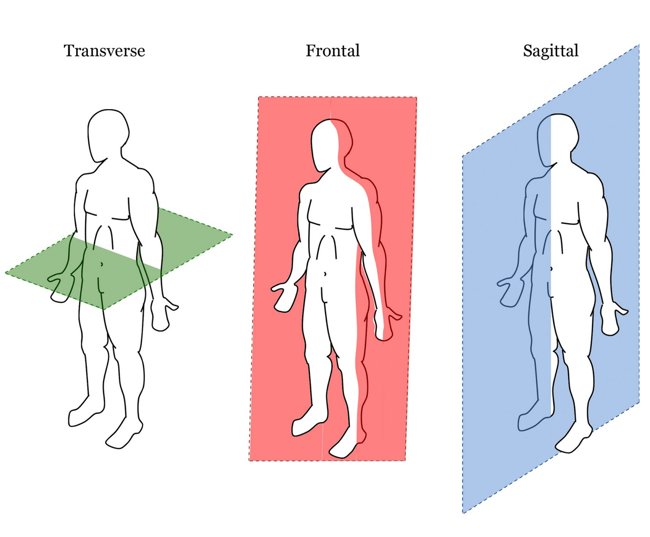Patient Case Study – Full Rotator Cuff Avulsion Rehabilitation
Patient details: 65yr old male, Obese, Hypertension, no other comorbidities
Occupation: Heavy haulage truck driver
Injury Details: Fell between two truck trailers onto the right arm causing major rotator cuff tearing. Right shoulder arthroscopic subacromial decompression, excision of the AC joint and open repair of a massive avulsion of the entire rotator cuff on the 24/08/2020.
Critical Physical Demands of the job role: Ingress/Egress from large trucks and heavy machinery requiring 3 points of contact and ladder climbing. Lifting to 30kg from floor to shoulder height, forceful manoeuvring of items weighing up to 30kg at chest height, occasional heavy lifting above head height up to 30kg, repetitive upper limb use when tying downloads. Physical tasks can be completed for periods of up to 4 hours on a repetitive basis.
Rehab Timeline: The patient commenced physiotherapy immediately post-op and completed this for the first 6-weeks, he then transitioned to an exercise rehabilitation programme under my supervision at the request of the surgeon. From weeks 6-12 post-operatively, the focus of the exercise rehabilitation programme was to restore pain-free shoulder passive and then active ROM and begin isometric rotator cuff activation exercises and basic Theraband exercises in preparation for moving into the strengthening phase of the programme after week 12.
On review with the treating surgeon at 12-weeks post-operatively, the surgeon was happy with progress given the complexity of the injury, and clearance was provided to commence gentle strengthening exercises. From week 12 onwards, strengthening exercises were gradually introduced whilst also keeping focused on further building and maintaining the patient’s active ROM and rotator cuff function. Overhead exercises were not introduced until 5-months post-operatively when the patient was able to demonstrate good scapulothoracic control into overhead positions. The patient made steady progress over a period of 3-months (see graph below), with weekly reviews to ensure he remained on track with his exercises and they were appropriate for his presentation and abilities.

At the 6-month post-operative review, the patient was able to demonstrate normal pain-free shoulder range of motion (symmetrical to his non-injured arm), excellent power and strength with all rotator cuff integrity testing, and had reached the appropriate milestones to facilitate a graduated return to work programme. Using the evidence from the supervised exercise programme, the surgeon was able to provide clearance for the patient to return to modified duties with a 15kg lifting restriction below shoulder height only.
The patient is due to review with the surgeon again at the 9-month post-operative mark, the goal prior to this review is to further build the patient’s strength and tolerance for work-specific physical tasks and gradually build strength and capacity for overhead movements. The exercise programme will be suitably modified to begin to replicate the critical physical demands of the job role to ensure the patient is exposed to these tasks in a controlled environment, where a focus on correct manual handling and sound technique can we implemented. The ideal scenario would be for the patient to return to his full pre-injury duties at the 9-month mark, with some possible permanent restrictions in places for overhead lifting, due to the nature of the injury and surgery completed.
Keep an eye out for further updates on the patient’s journey over the coming months!

Alixe Marion (BSc – Exercise Physiology)
Workers Compensation Specialist
Senior Accredited Exercise Physiologist




